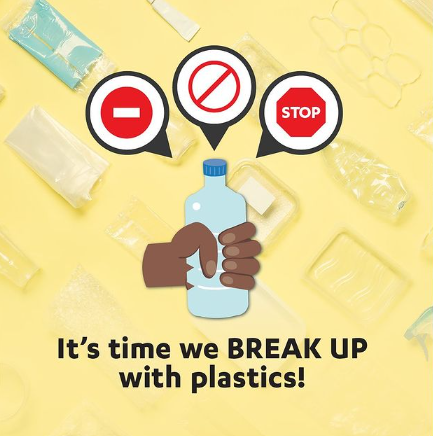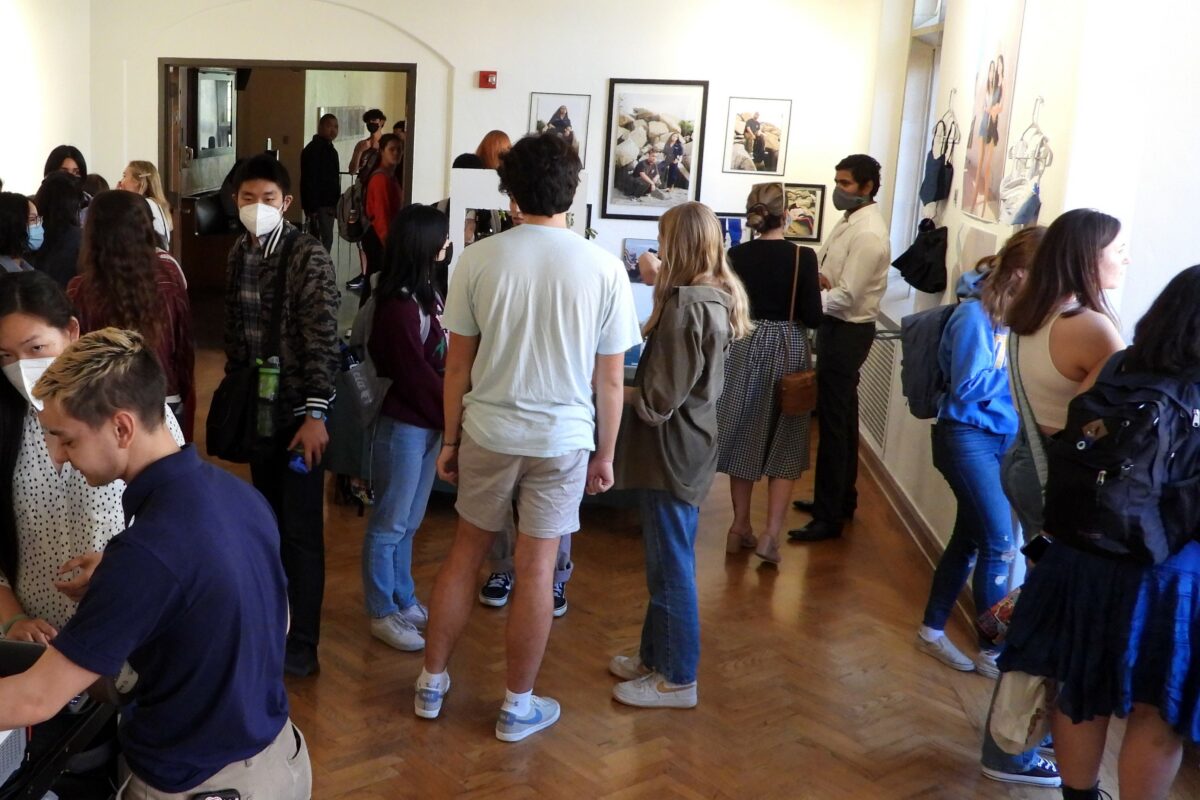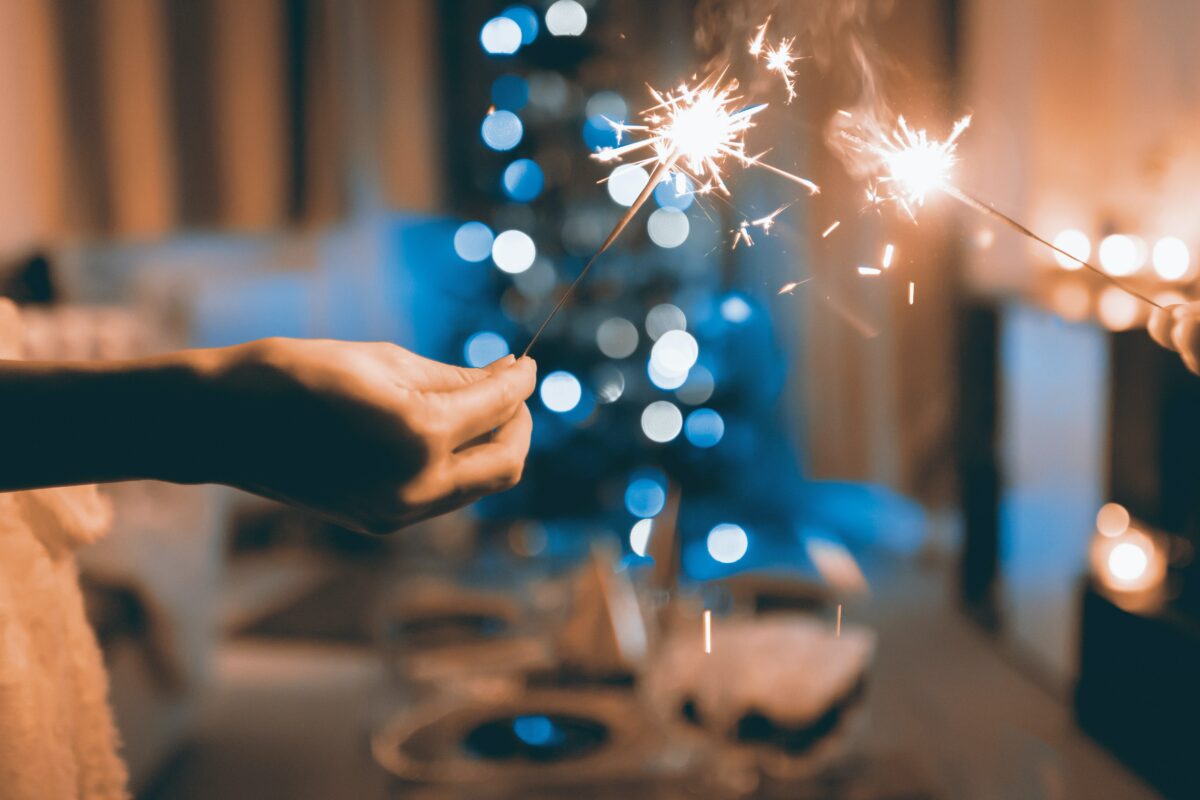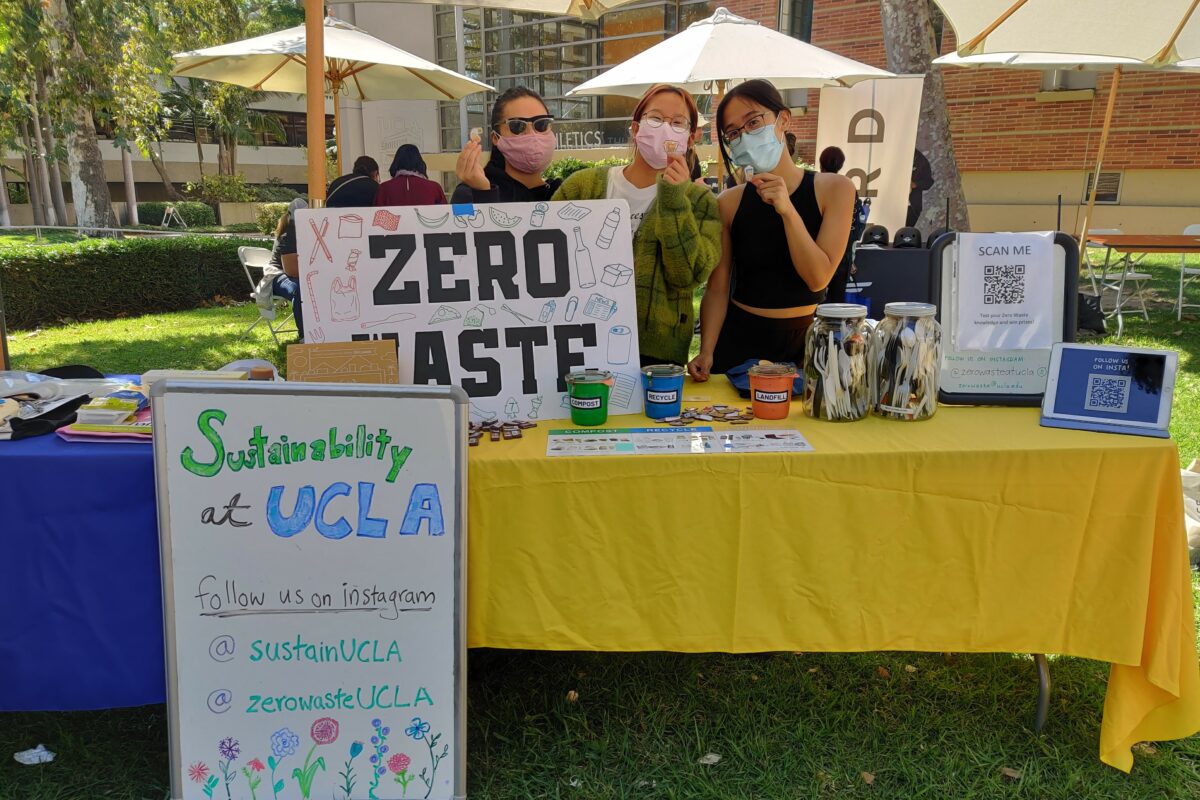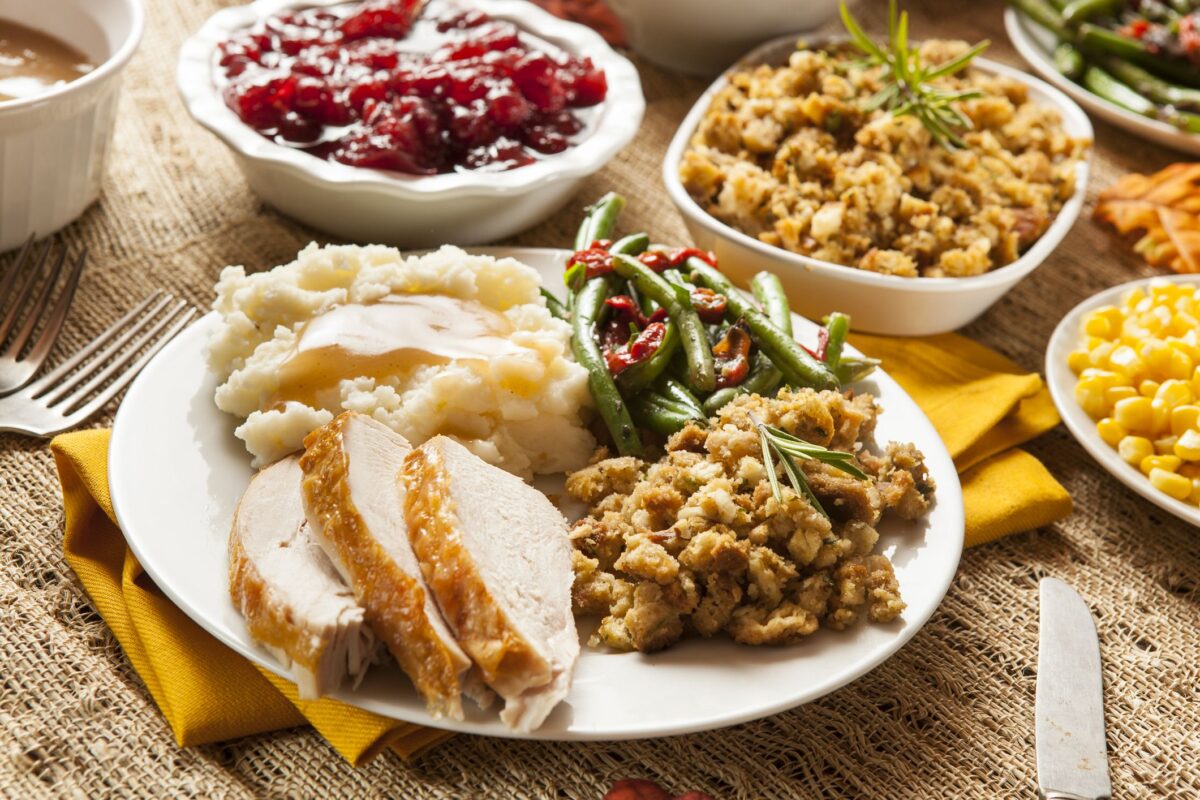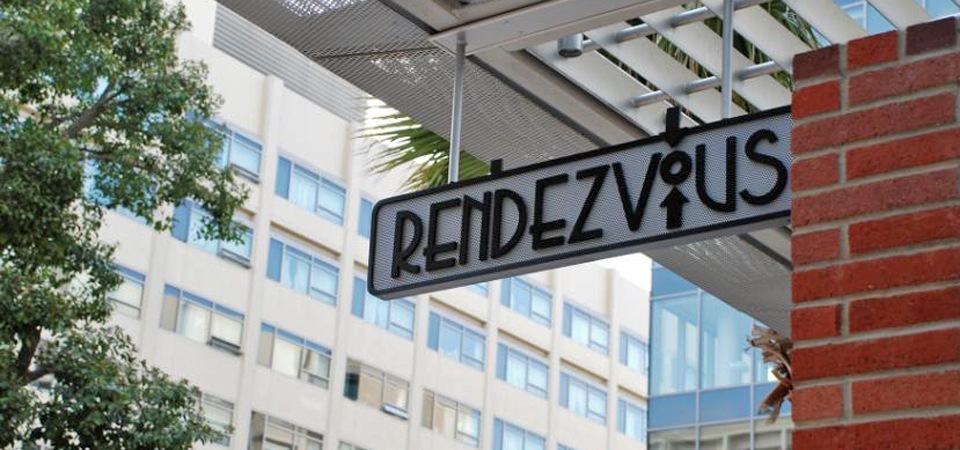Karlie Hayes
2021-22 Zero Waste Ambassador
As December begins and finals week comes to an end, many of us will take part in holiday traditions. From Kwanzaa, to Hanukkah, to Christmas, to Omisoka, to New Years’, winter is an opportunity to find joy and spend time with our families.
Following are a few tips for how to make our holiday season more sustainable by reducing our waste impact and energy footprint. Feel free to use the tips that work for you!
Gifts
Gift-giving is a way to show our loved ones that we care, but sometimes we forget about our love for the planet. Across its life cycle, the average product results in carbon emissions 6.3 times its own weight. One way to reduce this impact is to focus on buying gifts of quality, not quantity. For example, consider asking your family and friends for a wish list to ensure you are buying a gift that they will truly enjoy. Not having to return gifts saves carbon emissions that would have been spent on transportation, packaging, and manufacture of a product that may never be resold.
Other low-carbon options include handmade, experiential, or locally-bought gifts. To avoid wrapping waste, consider reusing gift bags or wrapping items in recyclable wrapping paper, (avoid glossy or glittery paper, which isn’t recyclable).
Tree
If you celebrate Christmas, choosing a sustainable Christmas tree can help you reduce your carbon footprint. According to the British Carbon Trust, an artificial tree used over many years (seven to twenty years, depending on the size and materials used) is better for the environment than a commercially-grown tree. If you buy a real tree, check for those that are Forest Stewardship Council-certified, slow-grown, or grown without fertilizer. To be even more sustainable, consider renting a potted tree with roots, which can be reused over multiple years until it reaches full maturity and is replanted in the woods.
Disposing of your tree properly can also decrease its environmental impact. If a tree ends up in the landfill, it will decompose and release methane, leading to a hefty 35 pounds of emissions. However, Christmas trees that are chipped or repotted have a much lower carbon footprint of 7.5 pounds.
Food
Many of us look forward to traditional sweets and meals at this time of year, and it is unsurprising that as a population, we eat more during the holiday season than any other time. To prevent food waste from entering the landfill, consider freezing dinner leftovers. The type of foods you serve during this time can also make a significant impact – try buying fair trade chocolate gelt or focusing on mostly vegetarian dishes that have a much lower environmental impact than meat.
Decorations
A home filled with lights and cozy decorations certainly sets the atmosphere for the holiday season. Make sure you are using LED string lights that use 90% less energy than incandescent lights. Since they are most vibrant at night, also try to turn off your lights during the day to save energy. To keep waste out of the landfill, only buy decorations that will be enjoyed for years to come and avoid any single-use plastics.
Travel
Seeing our loved ones is often the highlight of our holiday season, but traveling can produce a carbon footprint. Luckily, there are ways to travel in more sustainable ways. For example, since flights have a higher carbon footprint than ground travel, consider driving or taking a train between cities. Also, since many people are traveling around the holidays, see if you can share rides. Consider catching a ride home for winter break with a friend to save on carbon emissions and gas money.
We hope you have a wonderful, restful, and joyous winter break and holiday season!
